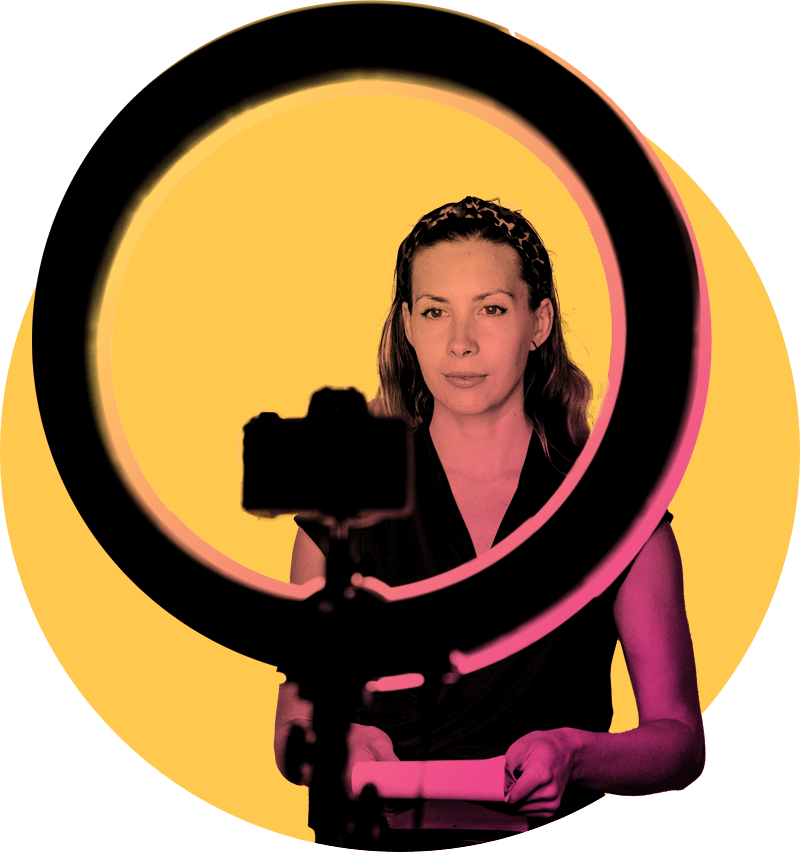
Man Bites Dog recently partnered with Women in Journalism to conduct a major new study on gender inequality in UK journalism and media. Our research examines the opinions of 1,200 UK journalists on gender diversity in journalism and its impact on female journalists, the media and society more broadly. The gender imbalance in media has a significant impact on business, editorial and content decisions, influencing which stories are told and who tells them.
Our report, The Gender News Gap: The Impact of Inequality in Journalism & Media explores the challenges of career progression for women in journalism, the lack of action on gender diversity in the media, the compounding effect of Covid-19 and the impact of the Gender News Gap on female representation and the use of female subject matter experts.
So what is The Gender News Gap? To put it simply, it’s the lack of gender diversity in UK journalism.
When we embarked together on this study with Women in Journalism we wanted to see how far we had progressed towards gender equality in the media. We expected to see less discrimination, more opportunities, higher pay.
But what we found to our shock and disappointment was that the gender gap in journalism still stubbornly persists and that we are still a very long way from representative gender balance in UK media.
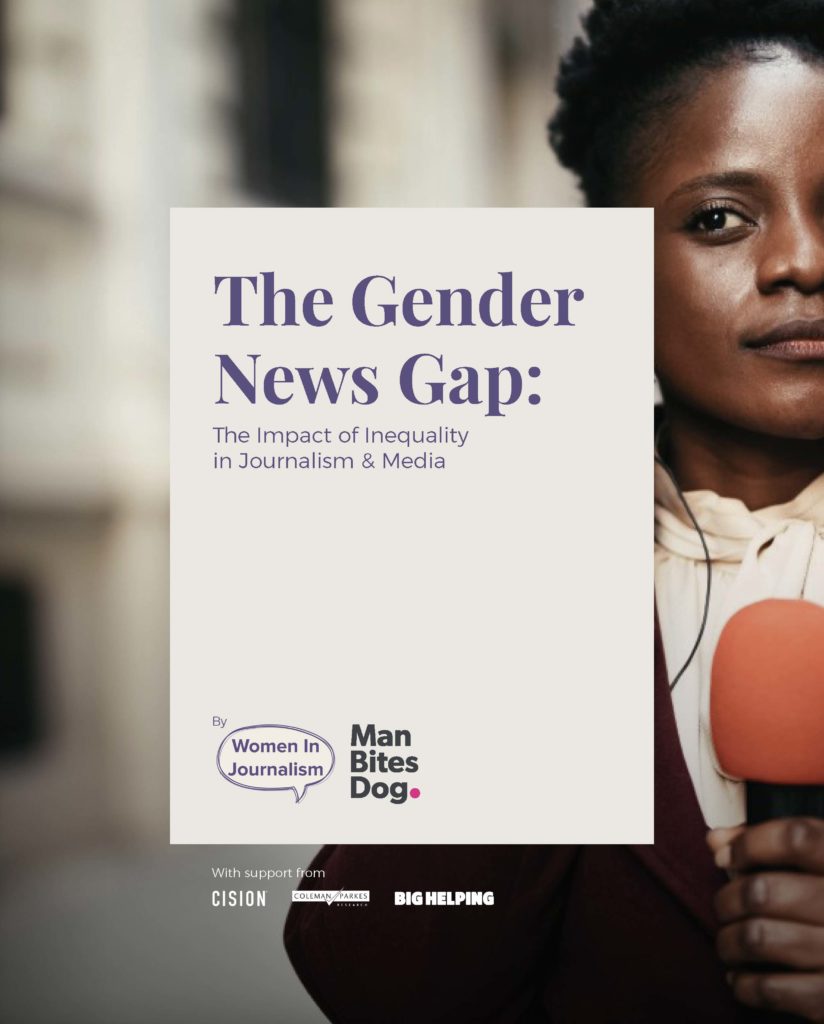
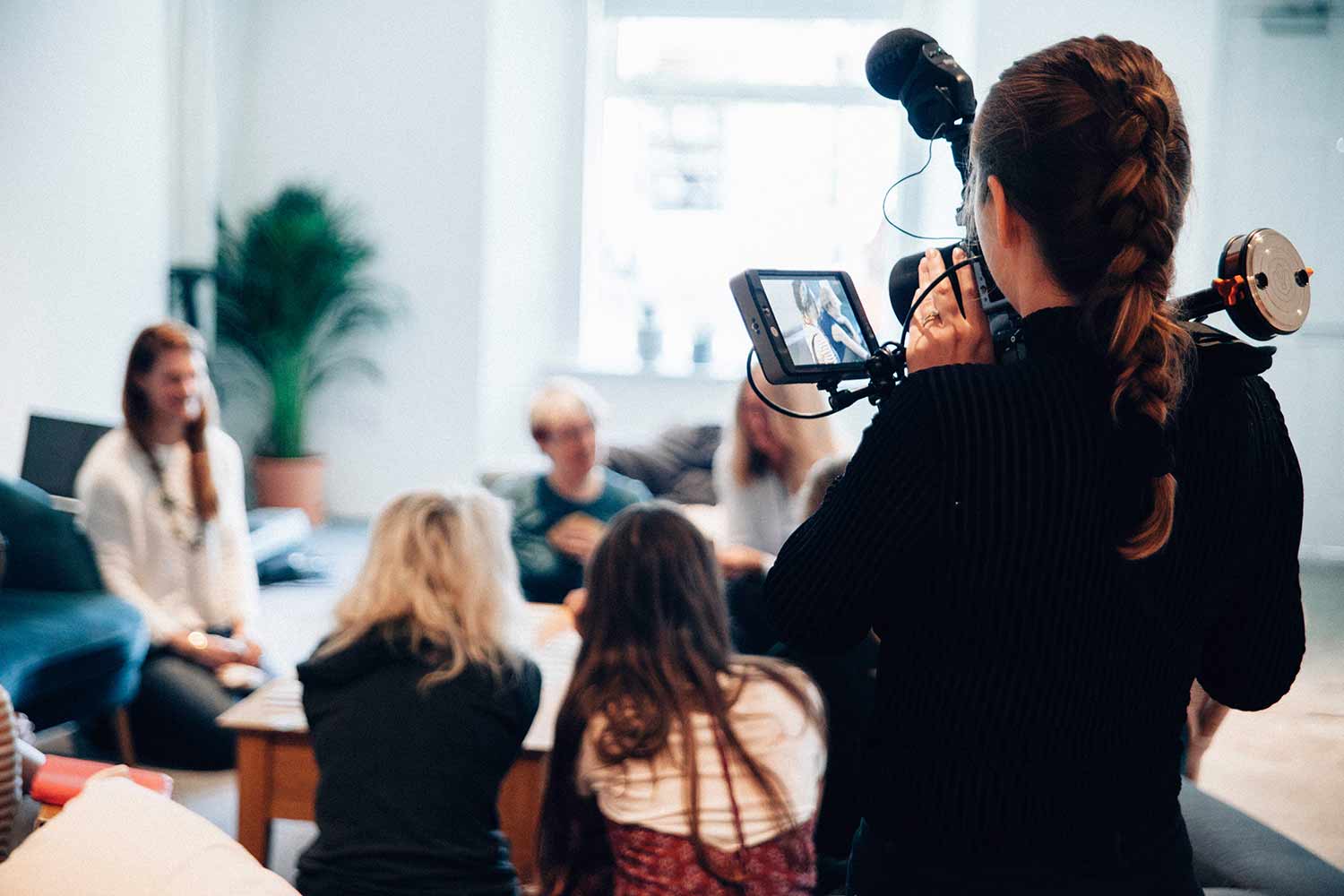
Our research reveals that fewer than one in five female journalists believe that there is adequate gender diversity in UK journalism and less than a quarter of all UK journalists rate gender diversity in the media as good or excellent.
Our research identifies some of the greatest challenges facing women in journalism right now.
Access to the profession is a challenge: nearly half (46%) of UK journalists believe access to the journalism profession is more difficult for women than men and nearly three-quarters (73%) believe it’s harder still for women from ethnic minorities.
But the greatest challenge for women in journalism is career progression. A shocking three-quarters of UK journalists – male and female – believe that career progression in journalism is more difficult for women than men.
There is a cocktail of causes behind the stalling of women’s careers, the greatest of which is leadership and culture.
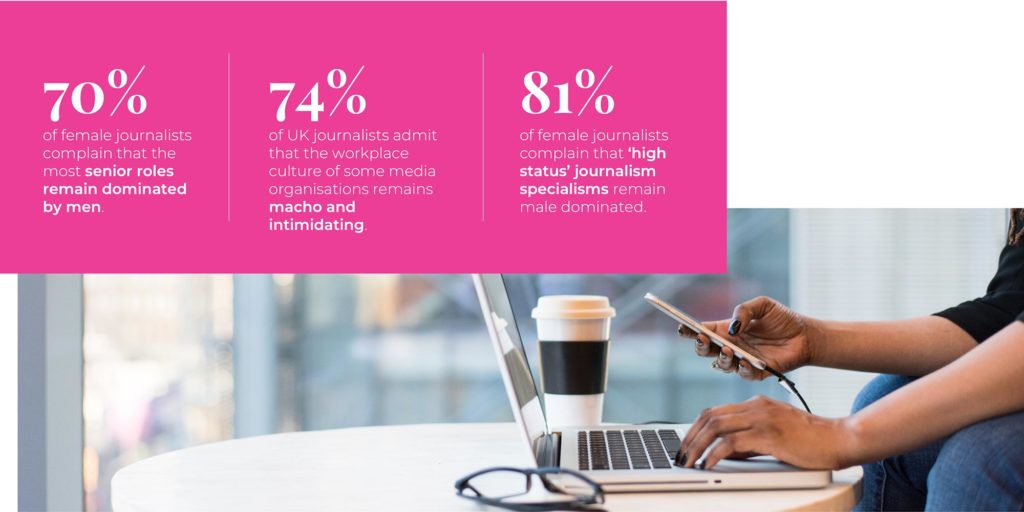
Tone from the top is key: 70% of female journalists complain that the most senior roles remain dominated by men. Three-quarters of male and female journalists alike also call out a ‘macho and intimidating culture’ that isn’t serving the profession. This is particularly true in national newspapers, where more than eight in 10 (81%) journalists complain about a ‘macho’ workplace culture.
This is creating what we call a ‘glass newsroom’ that excludes women from ‘high status’ journalism specialisms – such as hard news, business, finance and politics.
One of the most interesting findings in our research was that The Gender News Gap is pervasive for women in journalism but, in most instances, like a pane of glass it’s just not seen by their male colleagues – which makes raising awareness a key priority.
The experience of discrimination is very real for female journalists both in terms of career progression, where more than half (52%) have experienced discrimination in their career based on gender but also age and social class.
The majority of women in journalism report they have experienced pay discrimination – with more than half believing they are paid less than male colleagues for equivalent work and performance.
Working practices in the media are also a career limiting factor for working parents and carers. Eight in ten UK journalists believe industry expectations, such as inflexible schedules and unsocial hours, make it harder for parents to return to work full-time after having children, rising to 9 in 10 in London. 83% of female journalists believe that women are more likely to take freelance roles due to unsocial hours and work expectations being incompatible with home demands – this was felt most strongly in consumer titles, nationals and B2B publications.
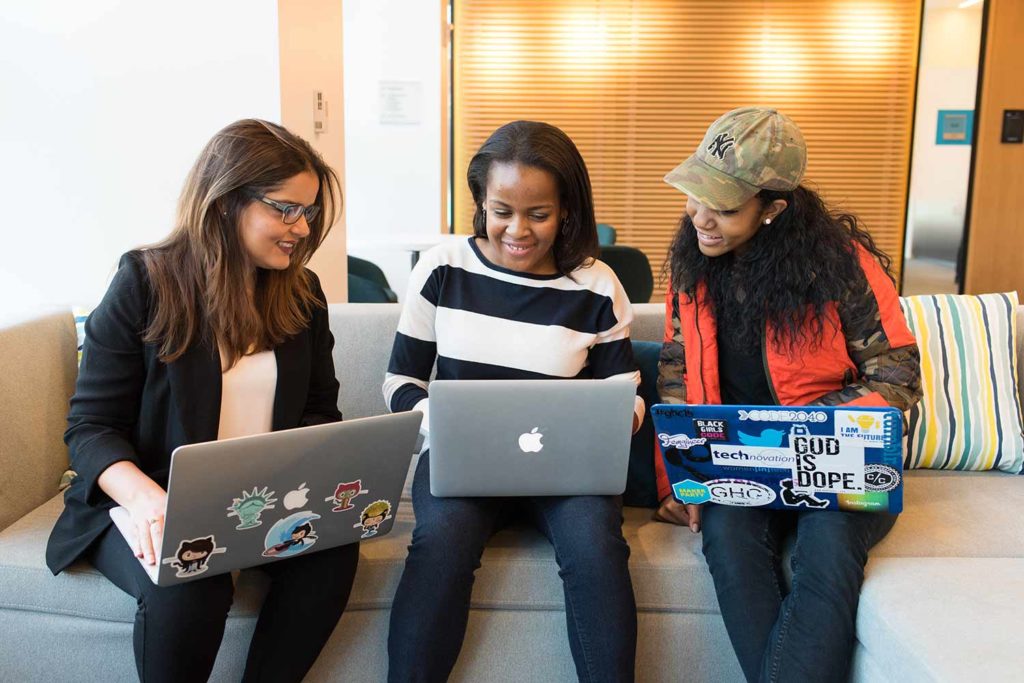
The media has widely reported the devastating impact of the pandemic on gender equality across society – and their own profession is no exception. Our research reveals that COVID-19 has compounded the challenges facing women in journalism, with women taking on greater domestic duties at the expense of their careers and mental health, and female journalists being more likely to have been furloughed during the pandemic.
But why does this Gender News Gap matter?
Equality in journalism is a critical foundation for a more equal society.
The overwhelming majority of UK journalists believe that diversity in journalism is important. More than 9 in 10 UK journalists believe the media has a duty to reflect the diversity of the society it serves. The media is the mirror in which society sees itself and we need that mirror to be fair and accurate rather than distorted and partial.
Journalists believe the media needs a diversity of journalists to be relevant and interesting to readers. It’s good business! And journalists male and female believe a balance between male and female journalists is essential to properly represent key societal issues and issues that concern audiences.
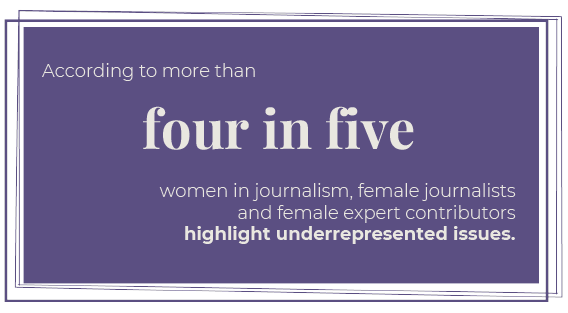
The critical issue for me is the impact of inequality on representation. The Gender News Gap directly impacts how women and diverse communities are represented, how our experiences and concerns are reflected, and how we make our voices heard to create change.
For some years now my team at Man Bites Dog has been campaigning to close the Gender Say Gap – a term I coined to highlight the invisibility of women and other diverse groups as expert authorities in business and in public life.
The Gender News Gap is itself a key contributor to the Gender Say Gap: the lack of female expert contributors consulted by the media. According to more than four in five women in journalism, female journalists and female expert contributors highlight issues that would otherwise be underrepresented.
Public opinion and policy are shaped by the people who decide which stories are told and who tells them. If we don’t hear from women as journalists and expert authorities – we’re only hearing half the story.
This lack of ‘say equality’ is creating huge gaps in information, representation and policy – which means that issues from discrimination to violence can go unspoken and ignored for decades.
Recent movements like #MeToo, Black Lives Matter and Reclaim These Streets have spotlighted issues including harassment, discrimination, violence and safety that have been underrepresented in mainstream media. Increasing the diversity of journalists and editors and changing culture is critical to surfacing these issues, generating understanding and empathy, and influencing policy and social change.
But while diversity and inclusion is high on the news agenda, sadly our research shows that it’s not yet high on the newsroom agenda – we are just not seeing action for change.
This area is worthy of a deeper and more detailed study in its own right, but our indicative data is telling.
Less than a quarter of media directors participating in our study report that their organisation measures the gender or ethnic diversity of their journalist workforce.
And less than a third of journalists work in organisations that have set targets to improve the representation of female expert contributors.
We would like to call on media organisations, women and men in journalism to recognise the Gender News Gap and take action in leadership, culture change and peer support to make journalism the inclusive profession our society needs.
Head Office
Moore House
13 Black Lion Street
Brighton
United Kingdom
BN1 1ND
London Office
24/25 The Shard
32 London Bridge Street
London
United Kingdom
SE1 9SG
+44 (0) 1273 716 820
[email protected]
Head Office
Moore House
13 Black Lion Street
Brighton
United Kingdom
BN1 1ND
London Office
24/25 The Shard
32 London Bridge Street
London
United Kingdom
SE1 9SG